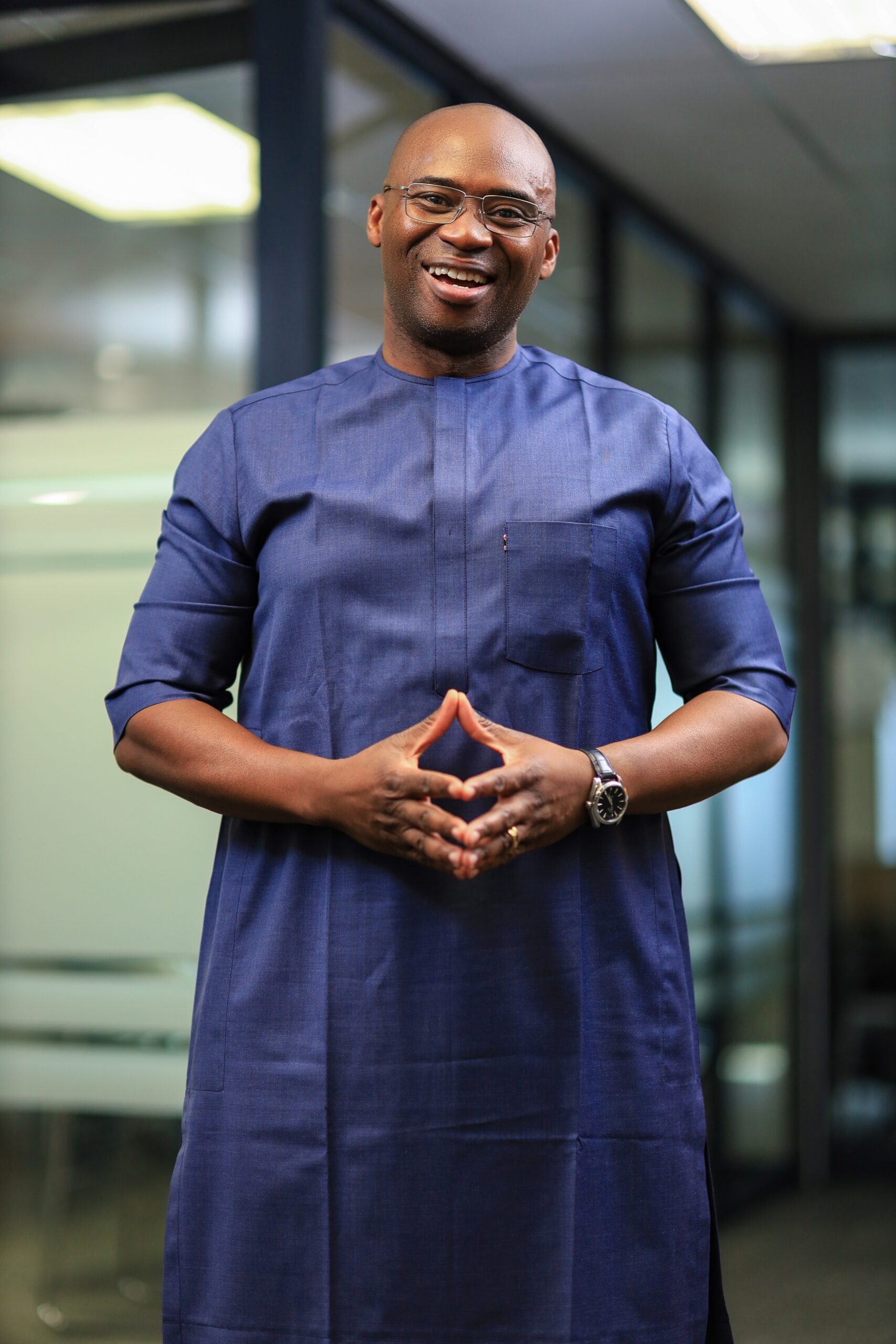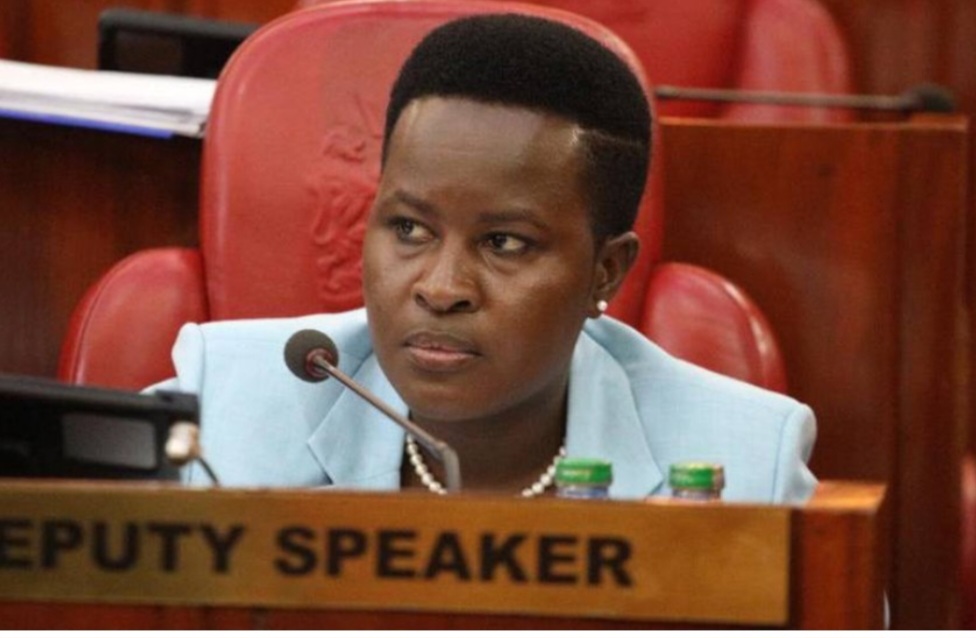By Kenny Nwosu, Chief Executive Officer, Norsad Capital
When we think about the impact that private credit and other forms of financing have on African companies, we tend to think about things like business growth and success. But the impact that private capital in particular has goes far beyond that. Utilized properly, it can have an incredibly powerful and positive effect on the lives and livelihoods of ordinary Africans.
That’s true not only when it comes to things like job creation. Private credit in the right sectors can make it that much easier for Africans to get to their jobs, seek out healthcare, and to have permanent, affordable energy, and many other things.
That’s especially true in cases where the private credit provider has a social impact remit and is aligned with things like the United Nations’ Sustainable Development Goals (SDGs).
The power of private credit in the African context
Before taking a deeper look at how big a positive impact private credit can have on African lives and livelihoods, it’s worth understanding what exactly it is and why it’s so powerful in the African context.
In essence, private credit involves non-bank lenders providing loans to companies. While these companies vary in size, they’re typically focused on small and medium-sized businesses or those that aren’t suited to equity investment.
That’s particularly important in the African context, where there’s much less equity-style investment available in certain sectors and where that kind of investment isn’t always suitable to a company’s needs. In terms of available investment, the tech startup space provides a useful benchmark. Despite African startups achieving USD2.1bn in VC funding in H1 2023, that’s still a fraction of the USD 85.6bn in H1 2023 raised by US startups over the same period (which was 46% down on the previous year).
It’s also true that some companies aren’t suited to the kind of accelerated returns that equity-style investors look for. Private credit providers, by contrast, are able to take a more long-term approach, meaning that the companies who receive the credit are able to grow at a more sustainable pace.
Improved impact through collaboration
That, in turn, means that they have more time to have a tangible impact. We’ve seen this first-hand with our own portfolio companies. With just over USD235 million in assets under management (USD56.5 million was spread across 13 companies in 2022.), we’ve helped those companies touch the lives of tens of millions of people. In fact, by the end of 2021, 35.5 million lives had been positively impacted, which is just over a third of the 100 million people we hope to impact by 2030. Our partner portfolio companies also supported 15 142 jobs in 2022, with 43% of these held by women and 20% by the youth.
We’re not the only ones having that kind of impact either. Take TLG Capital, for example. Its Africa Growth Impact Fund (AGIF) provides open-ended credit fund investing in sub-Saharan Africa with superior risk-adjusted returns and a multifaceted high social impact. In line with this, the Funds aims to meaningfully contribute to women’s economic empowerment and influence. As a result of its efforts, TLG AGIF, now fulfills the 2x Challenge Criteria 5 – Investment through Financial Intermediaries. In healthcare, one of the companies has distributed over 284 million EU-compliant medications since 2020 across some of Africa’s poorest countries, another has manufactured medication for over 1,000,000 Ugandans currently receiving HIV treatment.
But we also recognise that impact can be strengthened through collaboration. That’s why we inked a partnership deal with TLG Capital in December 2022. The partnership allows both of our companies to enhance the impact our various portfolio companies have, thanks to strengthened sharing, presenting, and co-investing in well-structured credit investment opportunities.
It’s a collaboration that is already proving its benefit and is something we hope to see happening more frequently across the continent.
Driving sustainable development
Ultimately, it’s important to remember that Africa has so many of the right ingredients to become a global economic superpower. It has a young, increasingly well-connected population with high proportions of entrepreneurs. But it also has a unique opportunity to take a sustainable development path as it heads towards that pinnacle.
One of the most powerful tools available when it comes to the continent reaching that point is private credit. When an organisation provides that credit with a social impact remit, it can help companies grow at a natural pace and in a way that allows them to maximise their own impact.
But if we want private credit to play the role it has the potential to, then it’s imperative that players in the sector foster a sense of collaboration and work together to provide the most positive possible impact on the lives and livelihoods of ordinary Africans.












